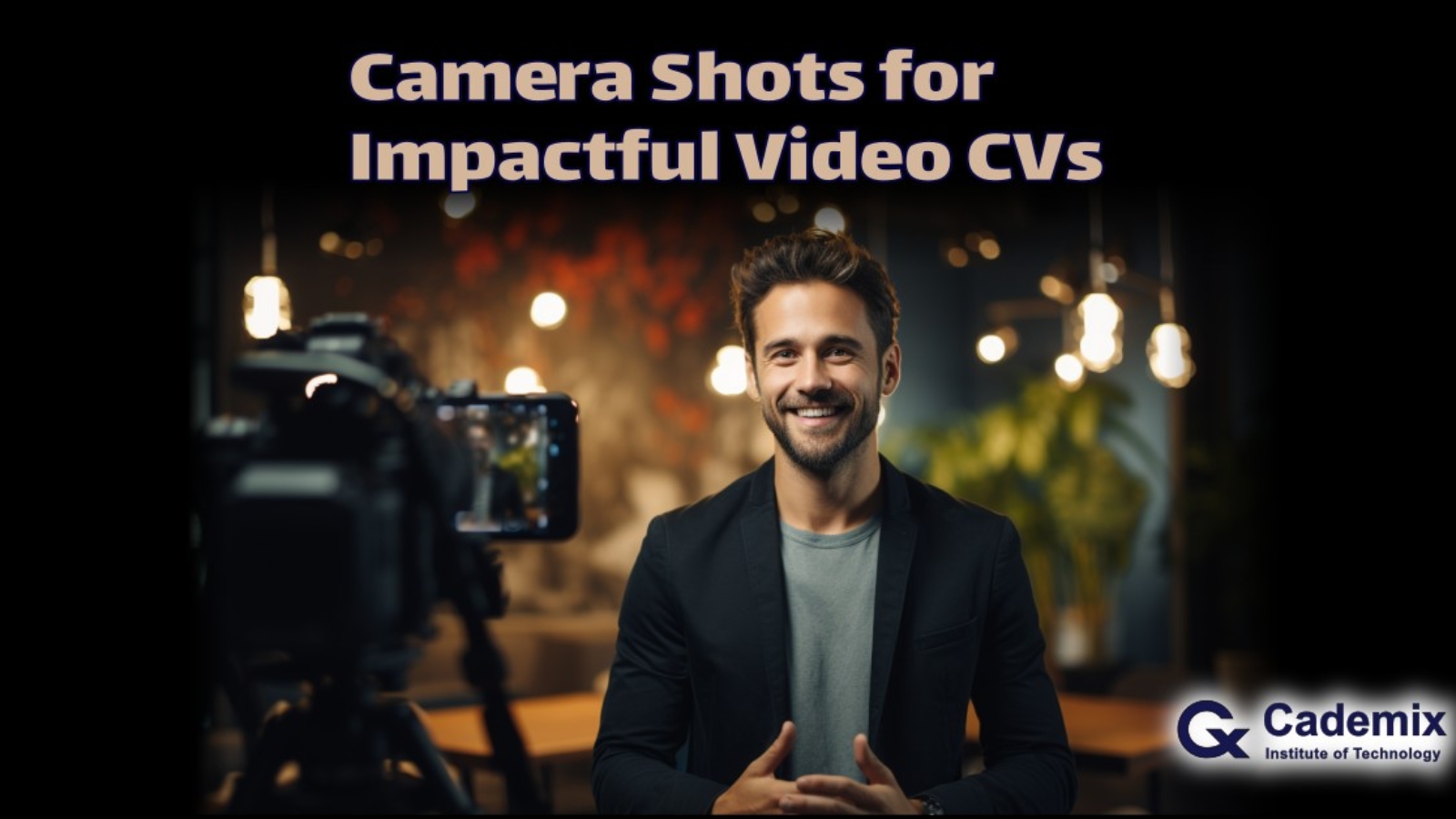In today’s digitally-driven job market and educational landscape, understanding how to effectively use camera shots can be a game-changer. This article provides a comprehensive guide on utilizing different types of camera shots—ranging from wide shots to close-ups—to enhance the quality and impact of video CVs, educational content, and corporate videos. With a particular focus on the needs of startups, international job seekers, and marketing managers, this article aims to be an essential resource for anyone looking to leverage the power of visual storytelling.
It is fact that differentiating yourself through video is more crucial than ever. Whether you are a startup, an international job seeker, or a business owner, knowing how to utilize camera shots can make or break your video CVs and educational content.

The Scope: Why Wide Shots Matter
Wide shots set the context and are typically used to showcase a broader action or environment.
- For Video CVs
- Example 1: An agriculture expert showing the entire field and machinery in operation.
- Example 2: A team leader with their team in action in the background.
- For Educational Videos
- Example 1: An archaeology educator at a dig site, showing the expanse of the excavation.
- Example 2: A fitness instructor demonstrating a full-body workout routine.
The Middle Ground: The Utility of Mid-Shots
Mid-shots offer a balance, ideal for when the focus is on the subject and some background.
- For Video CVs
- Example 1: Standing in a lab, detailing your research experience.
- Example 2: Sitting at your desk, outlining your marketing skills.
- For Educational Videos
- Example 1: Cooking instructor in a kitchen, explaining the steps of a recipe.
- Example 2: Teacher next to a whiteboard, discussing a mathematical concept.

Zooming In: The Power of Close-Up Shots
Close-ups are crucial for highlighting details or emphasizing emotional content.
- For Video CVs
- Example 1: A tight shot on your face as you discuss what drives you in your career.
- Example 2: Close-up of your hands as you demonstrate an intricate skill, like coding or drawing.
- For Educational Videos
- Example 1: A close-up of a detailed engineering component.
- Example 2: Zooming in on a chemical reaction in a lab experiment.
Consistency in Series: Maintaining Visual Cohesion
The importance of maintaining consistent shot types when creating a video series for brand identity and viewer comfort.
Consultation with Mentor or Supervisor: Maximize Impact Through Expert Guidance
In the evolving world of digital media, the role of mentors, advisors, or supporting organizations cannot be overstated. Whether you’re part of an acceleration program, an international job seeker with access to career services, or a startup owner working closely with a business mentor, it’s invaluable to seek expert advice on your video presentations.
Importance of Mentorship
Your mentor or advisor has likely been through the video creation process multiple times and understands the nuances that can make or break a video’s effectiveness. They can guide you on when to use what kind of camera shots to convey the correct message and mood. A one-on-one discussion can illuminate the best practices that are particularly relevant to your field, ensuring that your video resonates with your target audience.
Technical and Soft Skills
Consulting your mentor can also help you fine-tune both hard and soft skills. While you may learn the technical aspects like camera angles, lighting, and editing, you’ll also gain insights into soft skills like body language, tone, and engagement level that are vital for a compelling video.
Real-world Examples and Case Studies
Your mentor can share with you specific examples and case studies where a particular camera shot made a significant difference. Real-world examples serve as a practical guide and can help you visualize the theories in action.
Organizational Support
If you are part of an acceleration program or have access to a supporting organization, utilize their resources. These programs often offer workshops or hands-on training sessions specifically tailored for content creation and video production. They might even have in-house experts to review your video and provide constructive criticism.
Collaboration and Feedback
Consider organizing a review session with your mentor and other stakeholders. This setting allows for immediate feedback and can significantly cut down the time spent in revisions. It opens the door for collaborative discussion, where multiple perspectives can lead to a more polished final product.
By actively engaging with a knowledgeable mentor or support organization, you’re not just improving your current project; you’re investing in your ongoing personal and professional development.
Conclusion: Crafting Dynamic Video Content
Summarizing the different camera shots and their effective usage for various types of videos, from CVs to educational content to corporate videos.

